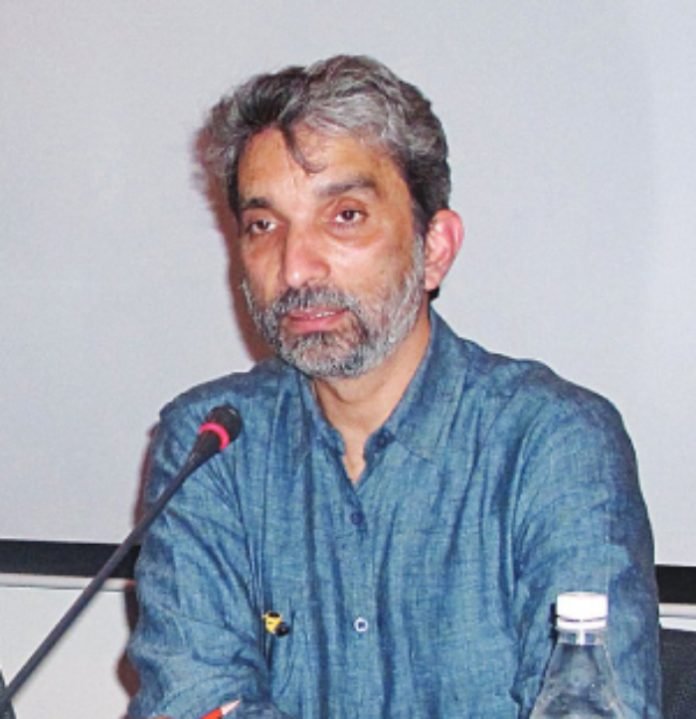Design has come into focus in present day India. It is seen as a source of competitive advantage, as a business resource, as a development resource and even an expression of soft power. In popular culture, the concept is more available than at any other time. On 20 February 2014, a conference for the design community held at India International Centre was addressed by the well-known typographer and designer Itu Chaudhuri.
Entitled, ‘An Uncertain Arc: Impressions of India’s Design Century’ — Chaudhuri illustrated the history of design from the 1900s onwards to the present with his own eclectic collection of examples. Chaudhuri said, “In advertising, or in street signs, an entirely imported style can be seen even if the subjects are Indian. As western manufacturers attempted to compete for Indian customers, often with Japanese exports, their advertising, packaging and graphic design mixed religious depictions, maharajas, or westernized gentlemen and lettering traditions — all of these sold products or sat cheerfully on matchbox labels.”
Chaudhuri reflected that in 1905, the first advertising agency, Dattaram’s Advertising in Bombay (which still exists) was formed and by 1924, National Advertising in Calcutta came up. In the formative years after independence from 1947 to 1960, the action moved to Delhi, not because business or industry shifted but
because of the role of the government under Nehru. In the 1961 to 1991 period, no institute of design was as admired, debated or denounced as the National Institute of Design at Ahmedabad. These extreme reactions were a reliable indicator of NID’s impact.
By the 1980s, the IIT Powai in Mumbai set up a postgraduate design department headed by Sudhakar Nadkarni. By the 1990s, several IITs added graphic design departments. A central thesis of Chaudhuri is that from the 1990s to the present day, design’s trajectory responds to the economic environment, in ways good and bad. The opening up of the economy after 1991 seems to have had the effect of proliferating everything to do with design – schools, graduates,firms, designers, beauty, sophistication, crassness and created squalor.
“Up to 1990s, the most significant institute to have opened after the NID and the IITs was the National Institute of Fashion Technology (NIFT) in 1989, behind which we can see the hand of Pupal Jayakar. Its graduates have made an instant mark, and some have started to make waves internationally,” says Chaudhuri. “In the 1990s at least ten new design institutes opened, expanding the design workforce, mainly in graphic design. ‘NID graduate’ appears as a desirable tag in the matrimonial classifieds. Today’s multinational companies like HP, LG, Samsung and some other big brands, Indian firms like Godrej, and every automobile company have all started design departments in India. The Tata group states design as a key policy thrust and has a development centre in Europe. Some designers have done well outside India.”
Chaudhuri also discussed type design for Indian languages and scripts describing a Gujarati font as a good example of a quality type design based on Indian calligraphic systems. He mentioned the work of calligrapher and type designer RK Joshi who designed the first Devanagari fonts for Microsoft. Despite earlier NID efforts, this is the modern Hindi font that has become ubiquitous, as an everyday, jobbing font. Joshi’s work inscribed an arc from Ulka Advertising, to IIT Powai’s design school to the NCST — a government institution for software development techniques.


















